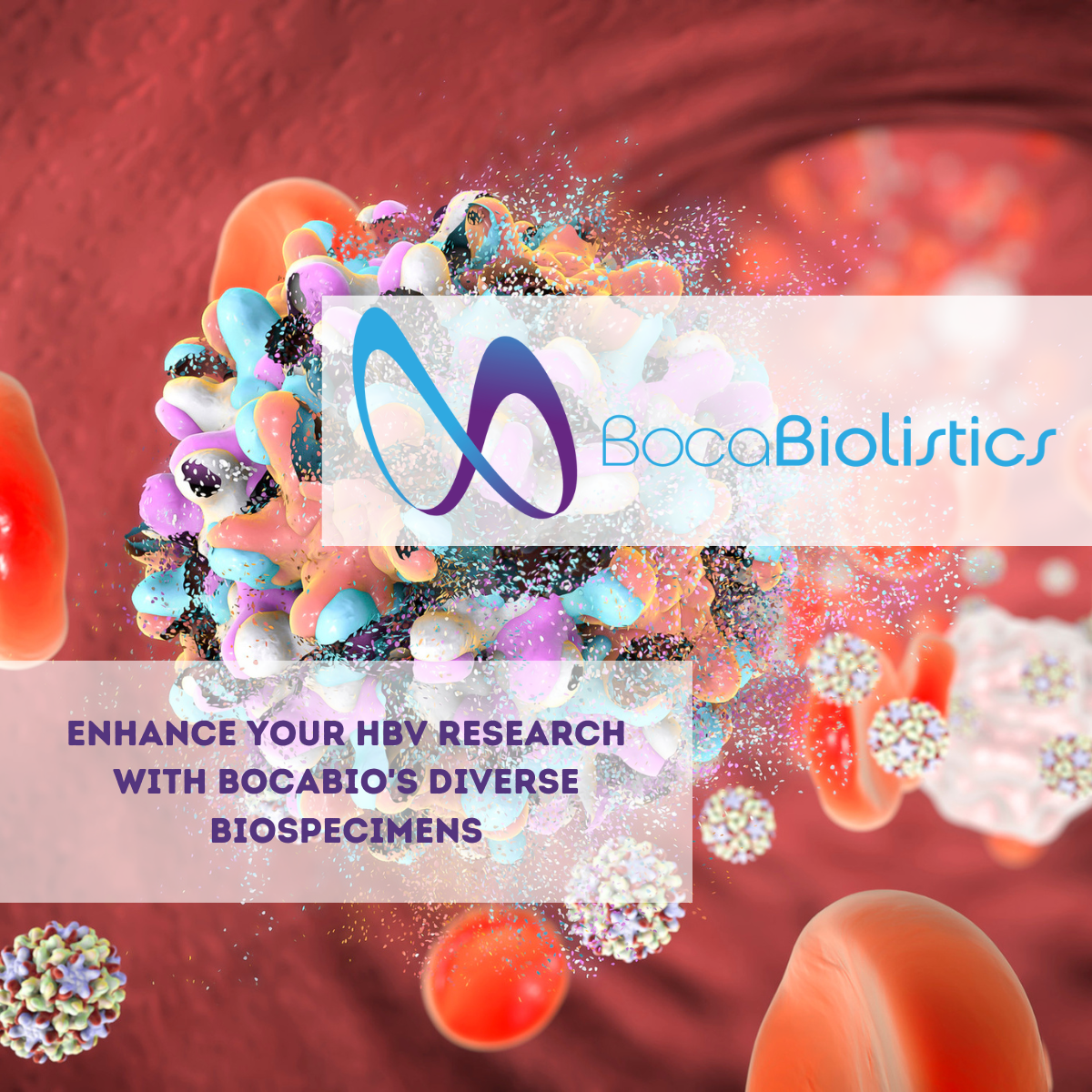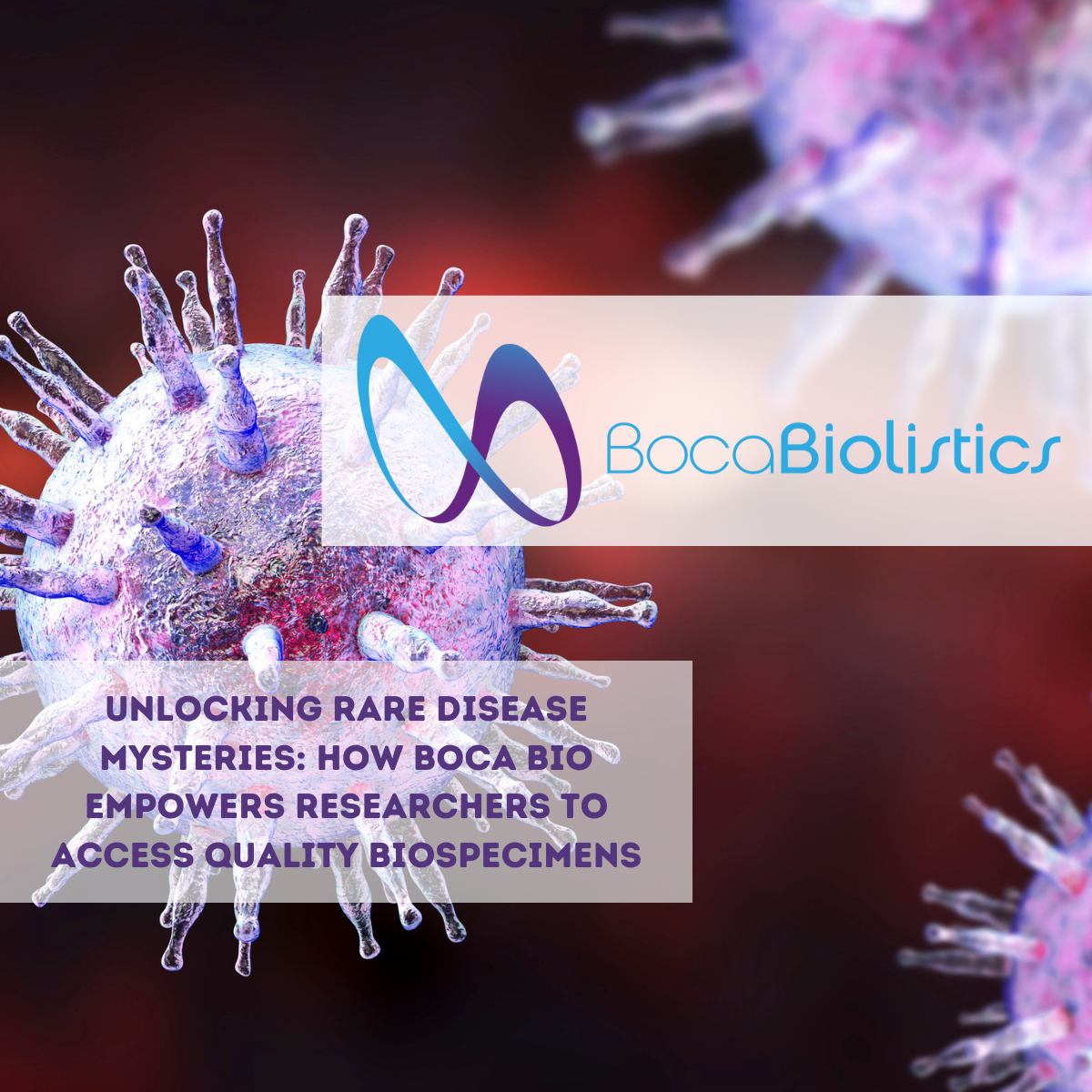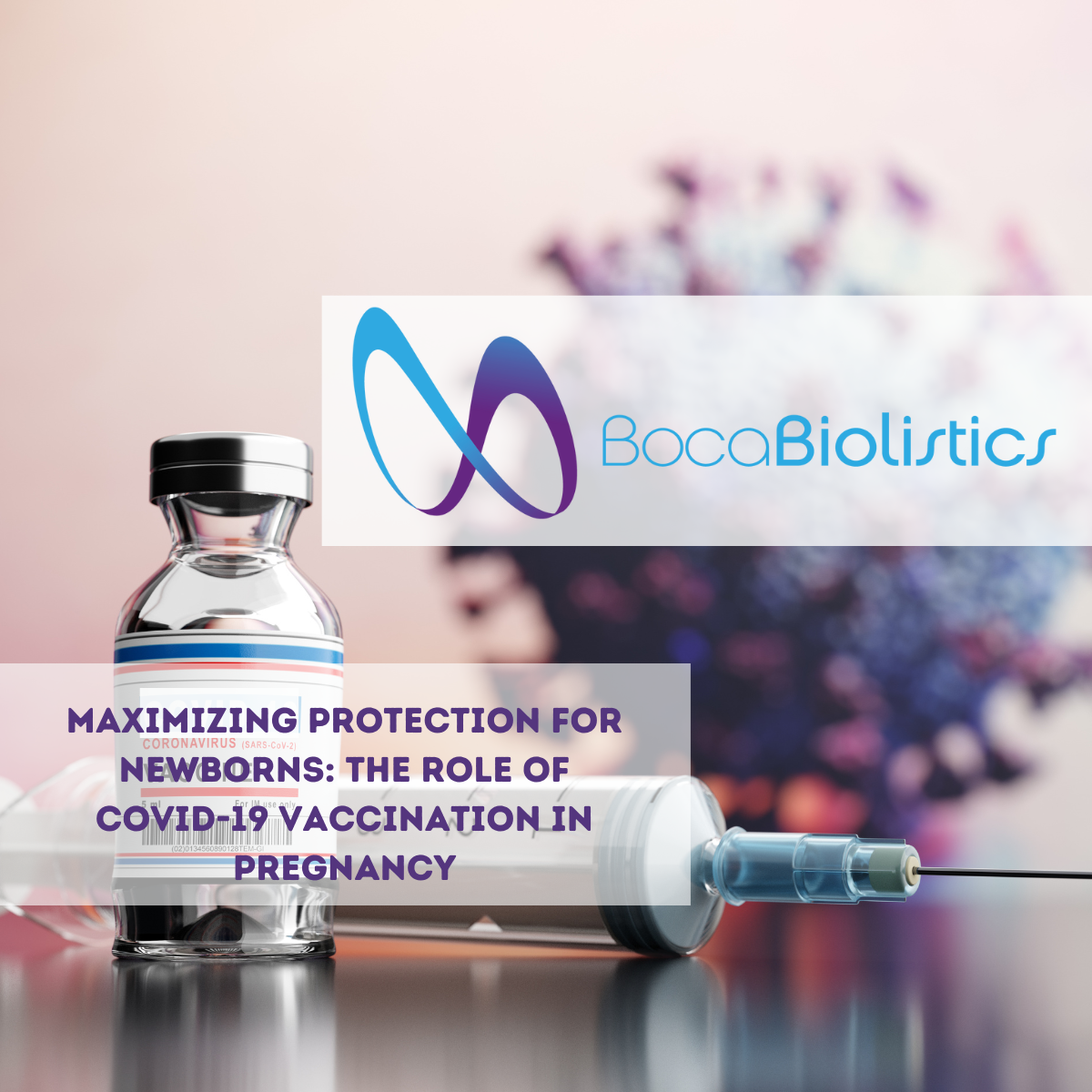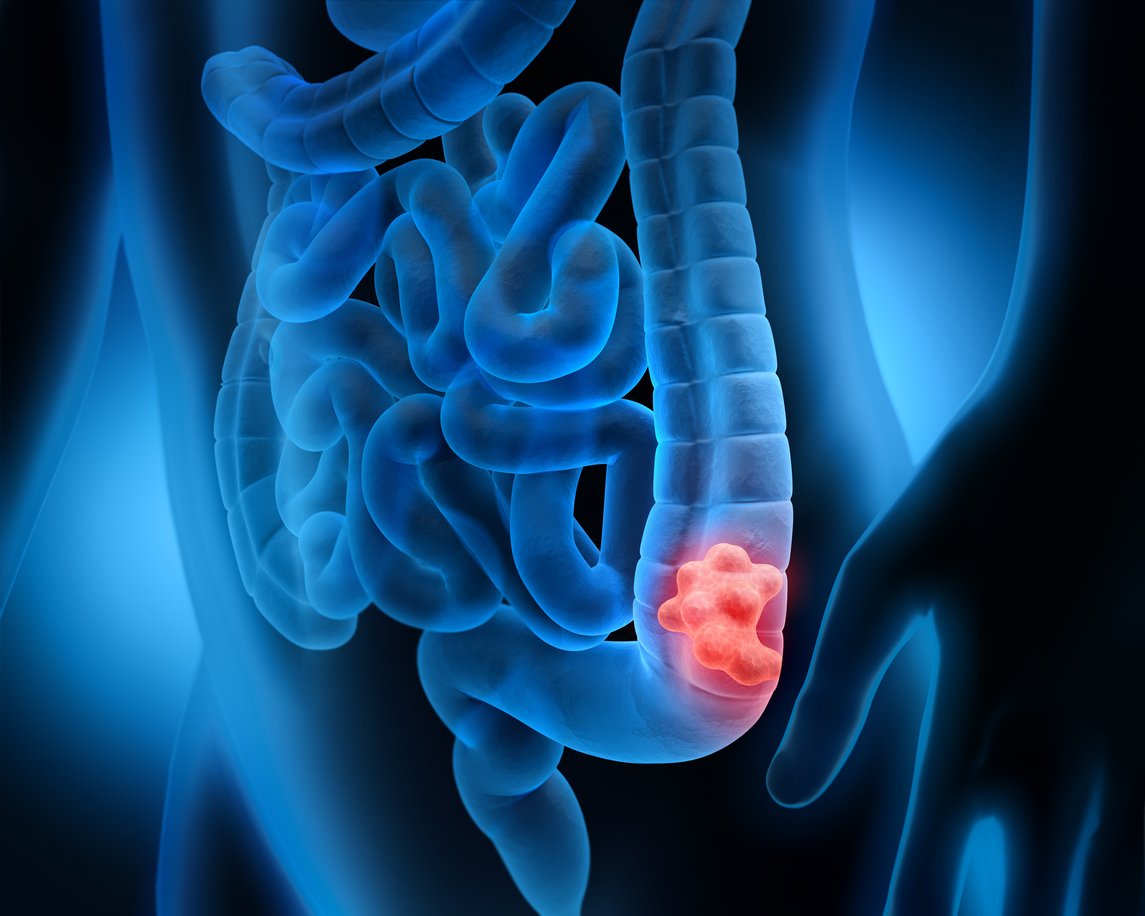According to the Centers for Disease Control and Prevention (CDC), Sexually Transmitted Infections (STIs) are very common, and millions of new infections occur yearly in the United States. The CDC reported 2.4 million cases of chlamydia, gonorrhea, and syphilis in 2020. It is estimated that 1 in 5 adults in the United States has an STI.
What Are They, And How Do They Spread?
STIs are common infectious diseases caused by microorganisms, such as bacteria, viruses, or parasites. There are several different STIs, and each one is associated with a different organism. For example, trichomoniasis is an STI caused by a protozoan parasite called Trichomonas vaginalis. A common STI is chlamydia, caused by a bacteria called Chlamydia trachomatis. STIs spread from one person to the next through vaginal, oral, or anal sex with someone who is infected with one of these microorganisms.
Listed here are some of the types of STIs with facts and statistics for each:
- Bacterial vaginosis (BV): The CDC estimates that 84% of women with BV display no symptoms, and may not even know they have the disease.
- Chlamydia: In 2020, more than 1.5 million cases of chlamydia were reported to the CDC.
- Trichomoniasis: The CDC reported over 2 million trichomoniasis infections in 2018, but only 30% of those infected developed any symptoms. The prevalence of trichomoniasis infection is 2.1% in women and 0.5% in men based on data collected from 2013 to 2016 in the US.
- Gonorrhea: More than 677,000 cases of gonorrhea were reported to the CDC in 2020, making it the second most common STI in the US.
- Herpes: There were an estimated 572,000 new genital herpes infections in the US in 2018 among people between 14 and 49 years old.
- Syphilis: The rates of syphilis reached historically low levels in 2000 and 2001; however, the rates have been steadily increasing since then. The number of cases jumped 6.8% from 2019 to 2020.
- HPV: According to a CDC study conducted from 2013 to 2014, the prevalence of genital HPV for adults was around 45% in men and about 40% in women.
- HIV: Approximately 1.2 million adults in the US have HIV, and an estimated 13% are unaware that they have the infection. In 2019, the CDC reported 34,800 newly diagnosed HIV infections in the US.
Symptoms of STIs
STI symptoms can vary significantly, with some infected individuals experiencing discomfort and pain, and others experiencing no symptoms at all. STIs often manifest with very mild symptoms, which may go undetected for an extended time before severe complications appear or a partner gets diagnosed. Signs and symptoms that may indicate an STI are:
- Sores or bumps present on genital, oral, or rectal areas
- Painful or burning urination
- Unusual and foul genital discharge odor
- Abnormal vaginal bleeding
- Lower abdominal pain
- Fever
- Painful sex
- Sore and swollen lymph nodes
Diagnosis of STIs
To be diagnosed with an STI, a doctor will review your sexual history and current symptoms, and then perform a physical exam. The healthcare provider will also order different laboratory tests to aid in identifying the microorganisms to render a diagnosis. Available tests for different STIs include
- Chlamydia trachomatis,
- Neisseria gonorrhoeae,
- Trichomonas vaginalis (CT/NG/TV)
- Syphilis TP
- HSV 1 or 2 IgG
- BV
- HBV or HCV viral load
- HIV-1 Viral load
- HPV.
Various samples can be used in lab tests to help in STI diagnosis and may include blood, urine, or fluids.
Treatment of STIs
In 1944, penicillin was first used as a treatment for syphilis. Since then, phenomenal progress has been made into researching new methods of treatment. Treatment of an STI varies from case to case and from infection to infection and may consist of antibiotics, antivirals, or other therapies. There is still no cure for some STIs; in these cases, the physician’s focus is on treating symptoms rather than the disease.
Preventing STIs
There are several strategies to help prevent or reduce your risks of STIs. The CDC recommends using condoms, reducing the number of sexual partners, getting vaccinated for STIs (where a vaccine is available), or abstinence to prevent STIs. The CDC also advocates testing as a critical step in protecting against STIs and receiving the appropriate diagnosis and treatment.
Next Steps with Boca Biolistics
Boca Biolistics is a hybrid CRO and Biobank with a global biospecimen repository. It is one of the largest multinational commercial biobanks and has an inventory of over 500,000 data-rich human biological specimens available. Currently, that inventory includes samples tested positive for HIV, HSV, HPV, CT, NG, BV, TV, and many others. They also offer Clinical Research Services and quickly assess and initiate prospective collections for specimens that can meet the needs of development programs. These, combined with their CAP-accredited reference lab, make Boca Biolistics a unique partner for diagnostic and pharmaceutical research.
To learn more about what Boca Bio has to offer, please give us a call at 954-449-6126
We want to put our tools in your hands so that together, we can continue Driving Science Forward.


%20(4).png)






